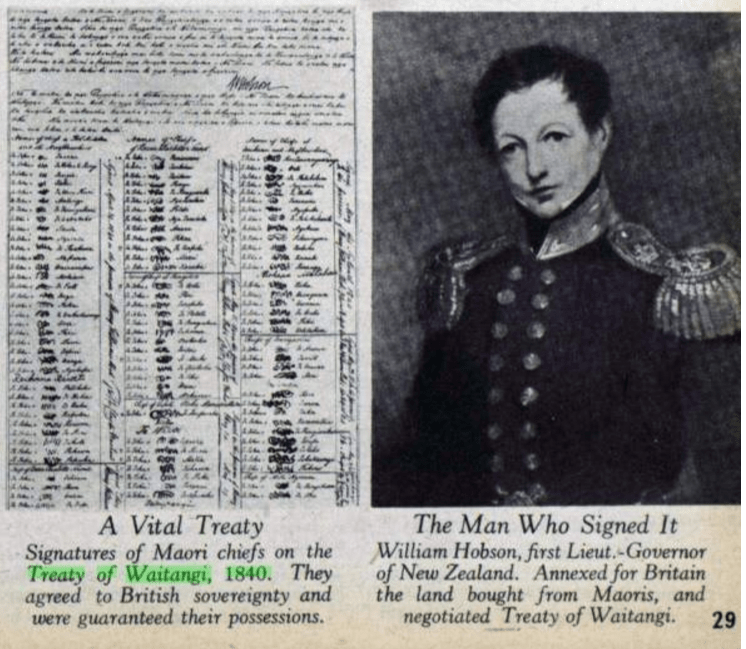By Liza Fisher, Sales Representative for Gale New Zealand
The Treaty of Waitangi is New Zealand’s founding document. Signed in Waitangi, New Zealand on 6 February 1840 by Maori chiefs and Lieutenant-Governor Hobson (on behalf of the British government), its purpose was to create unity between the Maori and British Crown. The Treaty has thus been likened to New Zealand’s version of the Magna Carta.

It was first drafted in English, and then translated into Maori by missionary Henry Williams. The majority of Maori chiefs signed the Maori version, meaning the two parties had different understandings and expectations of the Treaty right from its inception. Maori chiefs, for example, rightfully believed they still had ‘te tino rangtiratanga’ (chieftainship) over their lands, villages and ‘taonga katoa’ (all treasured things).
Gale Primary Sources provides many fascinating sources, such as monographs, articles, maps and images, on New Zealand’s colonisation and turbulent history.


The twentieth century brought a new wave of unrest and political protest in New Zealand, related to race relations and breaches of the Treaty of Waitangi. As Bateman says in the Bateman New Zealand Encyclopedia (available in Gale Virtual Reference Library) the ‘Treaty of Waitangi, for many years regarded as a symbol of enlightened, humane and generous respect for the rights of an indigenous population by a colonising government, has been increasingly condemned in recent years as a ‘fraud’ by a growing number of Maori and Pakeha”.[1]

As a result, the Waitangi Tribunal was created in 1985: a permanent commission that makes recommendations on claims brought by the Maori relating to Crown actions which breach the promises made in the Treaty of Waitangi.

There is now a national holiday in New Zealand on 6 February to mark this significant date in our history, now called ‘Waitangi Day’. For most ‘Kiwis’ it is just a public holiday, but for many others it is a reminder of the injustice that took place and is often marked by protests and unrest – particularly at Waitangi. So although progress has been made by past and present governments, the debate surrounding the commemoration of Waitangi day will continue. I expect 6 February 2017 to be no different.
[1] “Treaty of Waitangi.” Bateman New Zealand Encyclopedia, 6th ed., David Bateman, 2005, pp. 670-672. Gale Virtual Reference Library Accessed 8 Feb. 2017.

